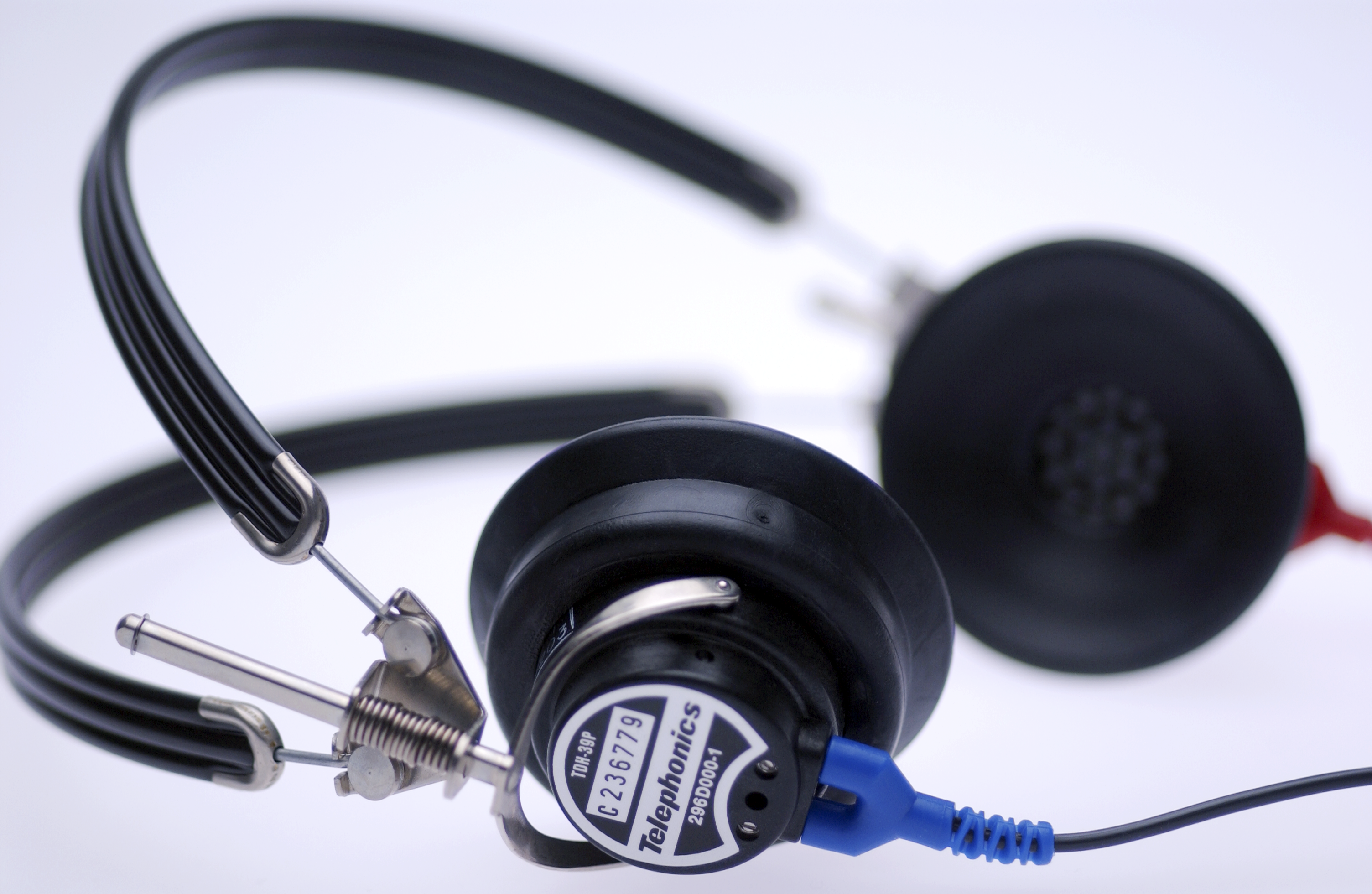Current clinical and laboratory tests do not typically reflect many aspects of real-life listening environments.
For example, common tests investigate response to beeps and tones rather than the ability to make out speech when listening in noisy environments. Measures of performance commonly used in clinics may therefore not reflect important aspects of the patient experience.
Therefore, our unique team of neuroscientists and hearing specialists seek to develop better diagnostics for hearing difficulties including:
- diagnostic tests and techniques to reflect real-world listening environments
- approaches to managing hearing difficulties in individuals with dementia, and
- signal-processing algorithms for improving speech-in-noise perception in patients with auditory processing disorders
Subtheme leads:
Achievements and Key projects:
- Tele-otology – Successfully piloted a new ‘tele-otology’ service which enabled ENT surgeons to assess patients’ hearing and ear problems remotely and shorten treatment pathways. Using a new piece of technology produced by Tympahealth, the hearing health assessment system is operated by audiologists off-site and allows high definition video recording of patients’ ear drums which is then sent remotely to the ENT team together with an audiogram.
- Auditory brain in dementia: defining deficits: This project develops new candidate biomarkers of peripheral and central hearing and candidate interventions to improve hearing function in individuals with dementia (funded by Alzheimer’s Society).
- Soundstorm auditory training for Auditory Processing Disorders (APD) in children –This feasibility study for Soundstorm auditory training in APD, assessed recruitment, retention and adherence rates and collected data to inform a phase II trial (funded by GOSH Charity).
- Speech-in-babble test – This test established norms so it can be used in UK clinics as part of a standard APD battery for evaluating performance of hearing impaired patients.
- Frequency following response (FFR) – This project investigates the use of the FFTR (a rapid technique for diagnosing hearing problems) in infants, children and adults (co-funded by MRC CASE studentship).
- Both EARS training package - This is a virtual-reality computer game which helps with sound localisation training using speech and music. It was developed to maximise hearing abilities in teenage bilateral cochlear implant users. (Funded by NIHR Programme Grant for Applied Health Research).
- Offset-Enhancement – This project develops novel algorithms for improving speech-in-noise perception and was inspired by new discoveries from fundamental research on auditory brain function.
- Speech testing in audiology practice - This project explores the use of speech discrimination testing within UK audiology service provision. The project has developed a new ecologically valid spatial speech-in-noise task and is investigating how it can be used to assess word identification and localisation performance of bilateral hearing aid users.
- Remote Audiology Project - This project is developing online tools to help audiology clinics assess and triage patients remotely and reduce hospital visits. It validates online versions of hearing questionnaires, pure-tone audiometry and a speech-in-noise perception test.
PhD students:
- Tori Kok - Non-invasive brain simulation as a tool for tinnitus management (Supervisors: Rosemary Varley, Giririaj Shekhawat, Roland Schaette)
- Lida Alampounti – Assessing and optimising audiovisual integration for listening in a mixture of competing sounds. (Supervisors: Jennifer Bizley and Hannah Cooper)
- Bhavisha Parmar - Exploring the use of speech in audiology: A mixed methods study (Supervisors: Jennifer Bizley and Debi Vickers)
Key collaborators:
University of Cambridge, University of Oxford, University of Minnesota, Imperial College London.
Key publications
- Neijenhuis K, Campbell NG, Cromb M, Luinge MR, Moore DR, Rosen S, de Wit E. An Evidence-Based Perspective on "Misconceptions" Regarding Pediatric Auditory Processing Disorder. Front Neurol. 2019 Mar 26;10:287. doi: 10.3389/fneur.2019.00287. PMID: 30972015; PMCID: PMC6443922.
- Zhao S, Bury G, Milne A, Chait M. Pupillometry as an Objective Measure of Sustained Attention in Young and Older Listeners. Trends Hear. 2019 Jan-Dec;23:2331216519887815. doi: 10.1177/2331216519887815. PMID: 31775578; PMCID: PMC6883360.
- Kopp-Scheinpflug C, Sinclair JL, Linden JF. When Sound Stops: Offset Responses in the Auditory System. Trends Neurosci. 2018 Oct;41(10):712-728. doi: 10.1016/j.tins.2018.08.009. Epub 2018 Sep 25. PMID: 30274606.
- Spyridakou C, Rosen S, Dritsakis G, Bamiou DE. Adult normative data for the speech in babble (SiB) test. Int J Audiol. 2020 Jan;59(1):33-38. doi: 10.1080/14992027.2019.1638526. Epub 2019 Jul 15. PMID: 31305187.

